Table of contents
Know more about the orixá Omulú in Umbanda?
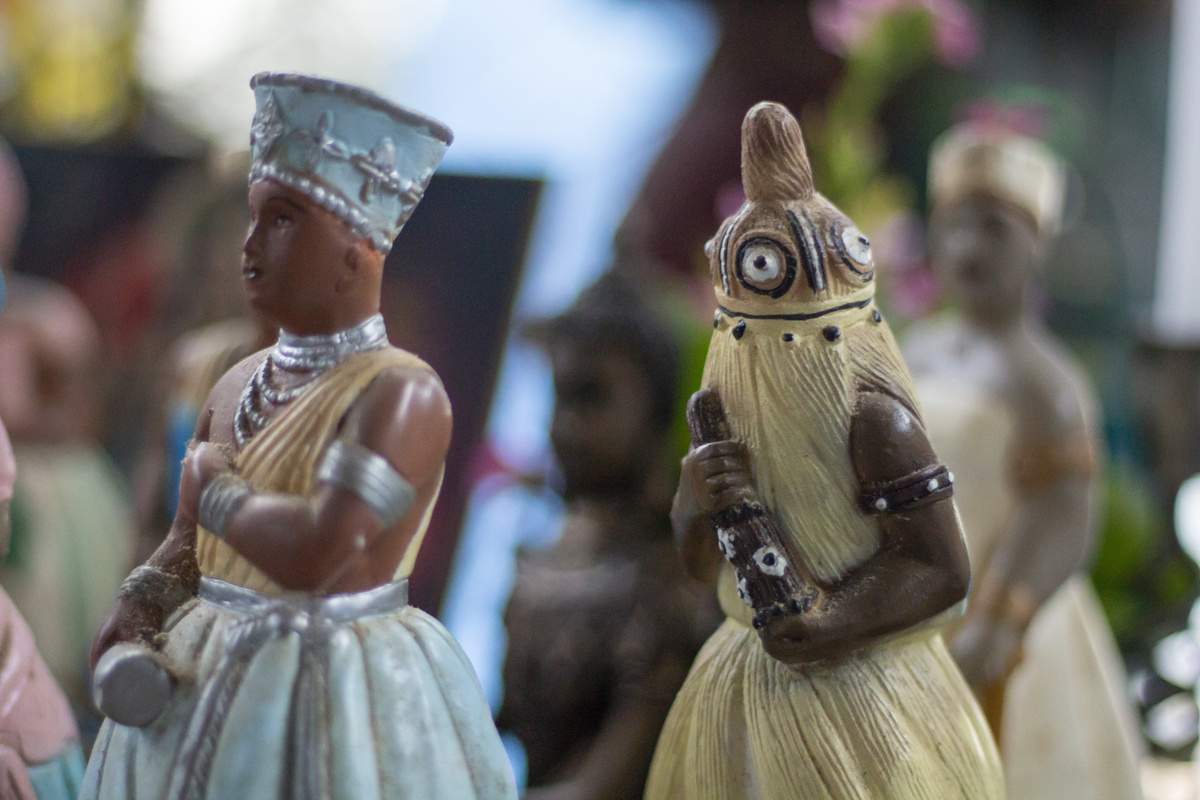
Also known as Obaluaê, Omolú is one of the strongest Orixás worshiped in African religions. He is considered responsible for the earth, fire and death, due to his great power.
In Candomblé as well as in Umbanda, this Orixá is the most feared because it is impossible to hide anything from him. Omolú can see everything about anyone's life.
In addition, he is responsible for caring for the sick because he understands the suffering of people since he himself knows the pain of carrying an illness, as his story shows. For this factor, he ends up being linked to healing. Learn more about Omolú below!
Knowing more about Omulú
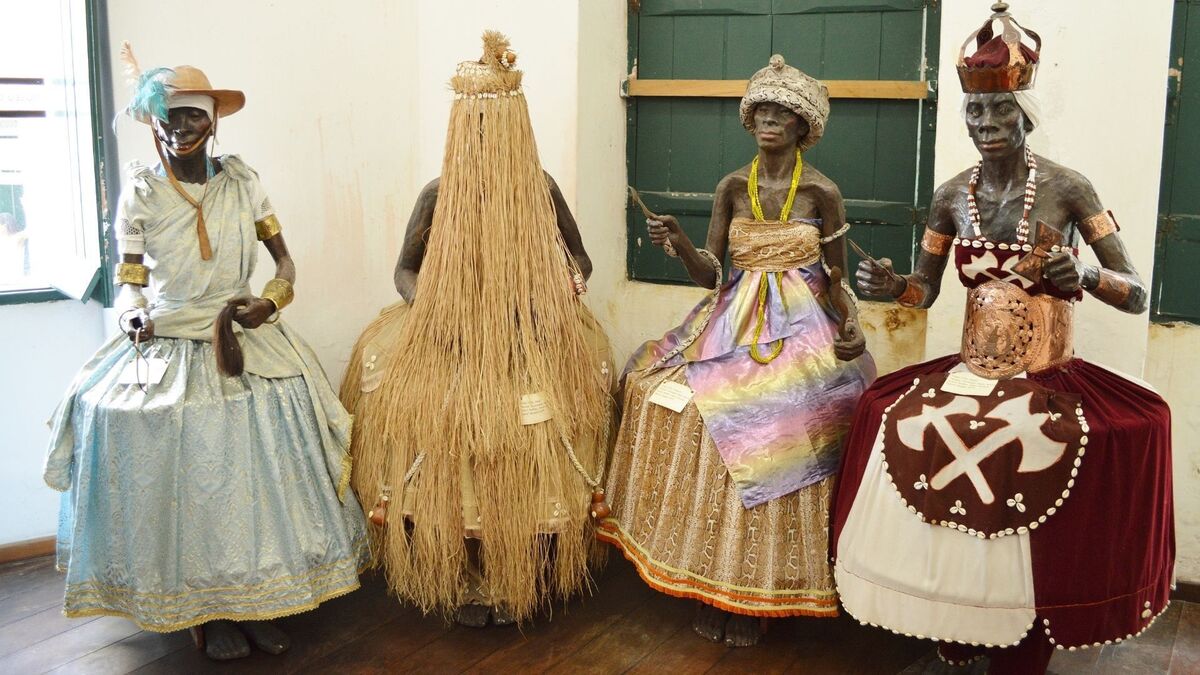
Omolú is a powerful Orixá and seen with fear because of his great power, but he is also seen as the hope for those waiting for a cure. Something that describes this Orixá very much is the fact that he is able to generate an epidemic, but he also has the power to end it.
This power that assists him on his journey comes from his wooden spear that he carries with him to scare away all the bad energies of the world and protect those in need.
Omolú is the mediator between the spiritual world and the material world, because his power is broad and this Orixá is able to guide everyone who needs his help to go through their journeys, because he knows the sadness in depth and carries with him the wisdom that everything can be overcome. Read some more details about this Orixá below!
Source
Omolú is the son of Nanã and Oxalá and brother of Oxumaré. Due to the mistakes made by his mother when confronting his father, he was born with a serious illness, which made him full of smallpox all over his body. That is why he was abandoned by the sea.
The Orixá's life is surrounded by many mysteries. But because of this history, he has always been considered the Orixá of death and misfortunes, because he understands pain, but he also knows that it is possible to overcome problems, no matter how bad they are.
Visual characteristics
Omolú's visual characteristics show him covered by Filá and Azé, a garment made of straw, used to hide the marks of the maladies he has faced since birth.
This Orixá is also seen always bent over, like a person facing intense pain. This is also due to Omolú's symbolism about the diseases he faces. Besides the straw clothes, he always appears with his wooden spear, the Iagidibá and the Xaxará in his hands.
History
Omolú's history shows that he is capable of dominating death. He was abandoned by his mother soon after birth precisely because of the illnesses he had in his body. Later he was found by Iemanjá being devoured by crabs. She took pity on the situation and adopted the Orixá, raising him as her son.
Omolú grew up full of scars, which made him feel ashamed and he would hide under a straw cloth. Thus, he grew up shy and hidden from everyone. This situation made him become a serious Orixá, self-conscious and thoughtful, being seen as bad-tempered.
Relationship with other orixás
Omolú connects with other Orixás, like his adoptive mother, Iemanjá. But along his path, he also crossed the lives of others who changed his journey.
Like Iansã, queen of the winds, who one day was intrigued by the fact that Omolú was always hiding under his straw clothes, and decided to cause a windstorm to see what he was hiding. Then, everyone was frightened by the boy's beauty, which shone brighter than the sun. After this, the two were united to fight death and disease in the world.
Why is he considered the Orixá of death?
In one of Omolú's stories, he was passing through a village, hungry and thirsty. The people did not know who he was and even denied him a glass of water because he was covered with his straw clothing. Omolú felt sad and disappointed.
Some time later, the village fell into misery and believed it was the stranger's fault. Repentant, the local leaders gathered what food they still had and took it to the Orixá to ask for forgiveness. Soon after, the place came back to life again. For this reason, Omolú is considered the Orixá of death, because he has the ability to control it.
Qualities of Omulú
There are several qualities in which Omolú is related to other Orixás and appears with a different appearance in each one.
Afomam - He carries two bags with him from which he removes the wounds. He is related to Ogun.
Agorò - His straw clothes are white.
Akavan - Dresses in printed clothing and is related to Iansã.
Ajágùnsí - Has a stronger connection with Nanã and Oxumaré.
Azoani - Dresses in red straw clothing and is related to Iansã, Oxumaré and Iemanjá.
Azonsu - He carries a spear and appears dressed all in white. He is related to Oxalá, Oxumaré and Oxum.
Some cultures worship other qualities of Omolú, called Jagun:
Jagun Agbá - Relates to Yemanjá and Oxalufan.
Jagun Ajòjí - Relates to Ogun, Oxaguian and Exú.
Jagun Arawe - Relates to Iansã and Oxaguain.
Jagun Igbonà - Relates to Oxaguian and Obá.
Jagun Itunbé - Does not like black beans. Has a strong relationship with Oxaguian and Oxalufan.
Jagun Odé - Relates to Ogun, Logun and Oxaguian.
Invocations
The invocations are a way to commemorate and worship the Orixá. They are used by religions like Umbanda and Candomblé. In the case of Omolú, the one dedicated to him is usually: "Atotô Obaluaê" due to the other name by which he is called.
The meaning of this phrase is "Silence to the great King of the Earth", a way to celebrate and demonstrate the power that this Orixá has and how he is celebrated by these religions and those who believe in his power.
Representation of Omulú in other religions
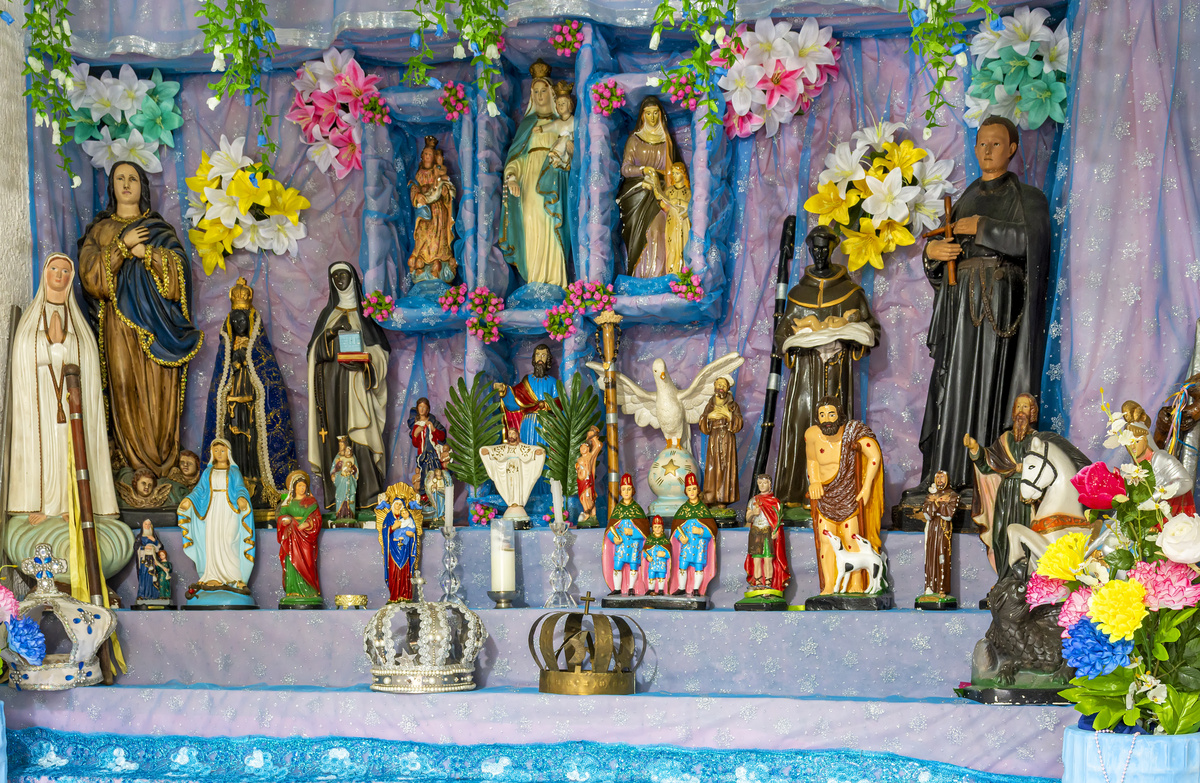
As the majority of Orixás, Omolú has its own characteristics and is seen in a different way in each religion. Even by the fact that this Orixá has several qualities and some are not even worshiped in all religions that he is part of.
The main religions known in Brazil that worship Omolú are Candomblé and Umbanda. In their practices, although they have similarities, the two are quite different, but the way they see the power of the Orixás is very similar.
Knowing more about the religions and Orixás makes it possible to understand how they will be worshiped and celebrated, because there are specific practices within the two religions for this, since they differ in several respects. See more about Omolú in religions and cultures!
Omulú in Candomblé - Obaluaiê
Known as the Orixá of sickness and healing, Omolú is worshiped and celebrated at various times in Candomblé. However, in the month of August one of the most important and considered the most emblematic ceremonies related to the Orixá takes place, the Olubajé.
This event happens only because of the money that the devotees ask for in the streets and in exchange they give a handful of popcorn to people. Popcorn is one of the greatest symbols of Omolú. In Candomblé, this Orixá is also connected to his because of the Filá, the straw cover he carries over himself, which also carries this symbolism.
Omulú syncretism in the Catholic Church
Omolú has two syncretism in relation to the Catholic Church. This happens because this Orixá acts in two different lines. In the first one he accompanies Nanã, called Obaluaê, while the latter erases people's memories and he helps them to make the passage from the material to the spiritual world. In this way he is syncretized as São Roque.
In the other form is Omolú he has a connection with Iemanjá and assumes an older form. Along with Iemanjá, Omolú brings incarnation to life. His syncretism is made with Saint Lazarus because of the saint's history and because he is considered the protector of lepers and beggars, even though he carries his own wounds.
Omulú in other cultures
Omolú is worshipped in several religions. In Santeria this Orixá is known by the name Babaluaiê. The rituals and narratives used in the practice carry several common characteristics of the Orixá because they speak about the earth, about illness and suffering and also about death and resurrection.
In some practices in the Americas, this Orixá is seen in a particular way and to him can also be attributed other acts, through secrecy and revelation, that show contrast between speech and silence and permeate the entire worship of Babaluaiê.
How are the children of Omulú
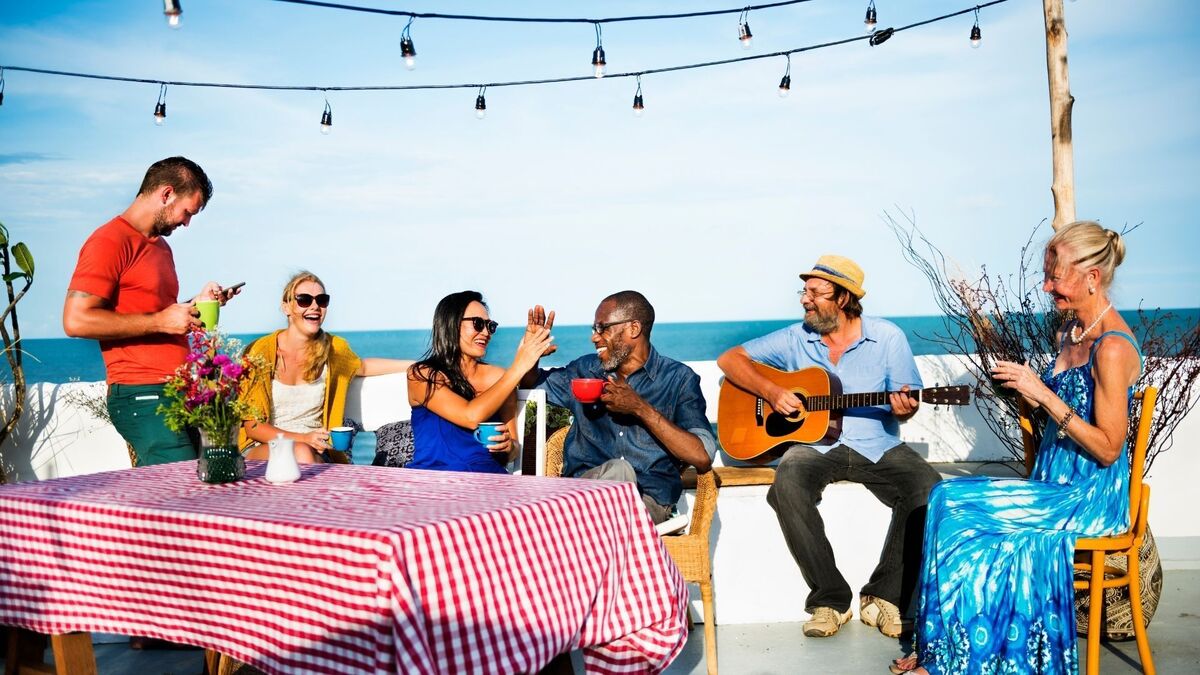
The Orixás have their own characteristics that differentiate them. Thus, their children, the people who practice devotion to them, end up absorbing their main characteristics. Therefore, the children of Omolú have some very great similarities with their father in their ways of acting and thinking.
Because Omolú appears to be more serious and even moody to some, the Orixá is seen as much more experienced because he has gone through very difficult situations on his journey. His children can also demonstrate some of these aspects. Below, find out more about what Omolú's children are like!
They look older
The children of Omolú always appear to be older than they really are. This is because the Orixá carries with him an experience and sadness due to his difficult journey, which made him harden very quickly.
This way of facing life shows a depressive aspect on the part of these people due to the strong influence of the Orixà in their personalities. But, at the same time, they carry an experience of life as if they had lived many years, even though they are young people and at the beginning of their lives.
Kindly
Even though they are mainly seen by their serious appearance, the children of Omolú are very kind and dear people, just like this Orixá. Even in the face of so many dramas and problems, these people show themselves very sweet and caring, something that is noticeable by everyone around them.
Even with all the hardships suffered in life, the children of Omolú show themselves to be lovable people, although this side takes a while to be perceived and only appears when they establish a bond of trust with people.
Friends for all hours
One of the most notable characteristics of the children of Omolú is that they do everything to help those around them. They dedicate much of their lives to their friends and the people who are part of their circle of trust receive their full care.
If you trust a person who is a daughter of Omolú, know that he or she will do everything to help you, even if it seems impossible. These people are the best friends in the world and are very dedicated to those they love.
Grumpy and grumpy
Omolú is a very suffering Orixá, who has gone through many bad situations. His children carry this weight with them and in general are people who can be considered grumpy and moody because they have suffered and gone through so many problems in their lives that they only know how to be that way.
As much as they express their affection for others, the grumpy side ends up speaking louder at many moments. This makes the most optimistic person in the world end up losing a little hope when talking to a child of Omolú.
Tendency to health problems
As Omolú is known to be the Orixá of troubles, due to his own illnesses, his children naturally also have a great tendency to face health problems. Like their father, the children of this Orixá have spots on their skin and can also feel many body aches and pains with a certain frequency.
These spots are inherited from his father, who is known to have been born with several smallpox, and this became a mark on his journey and made him the Orixá responsible for disease and healing.
How to relate to Omulú
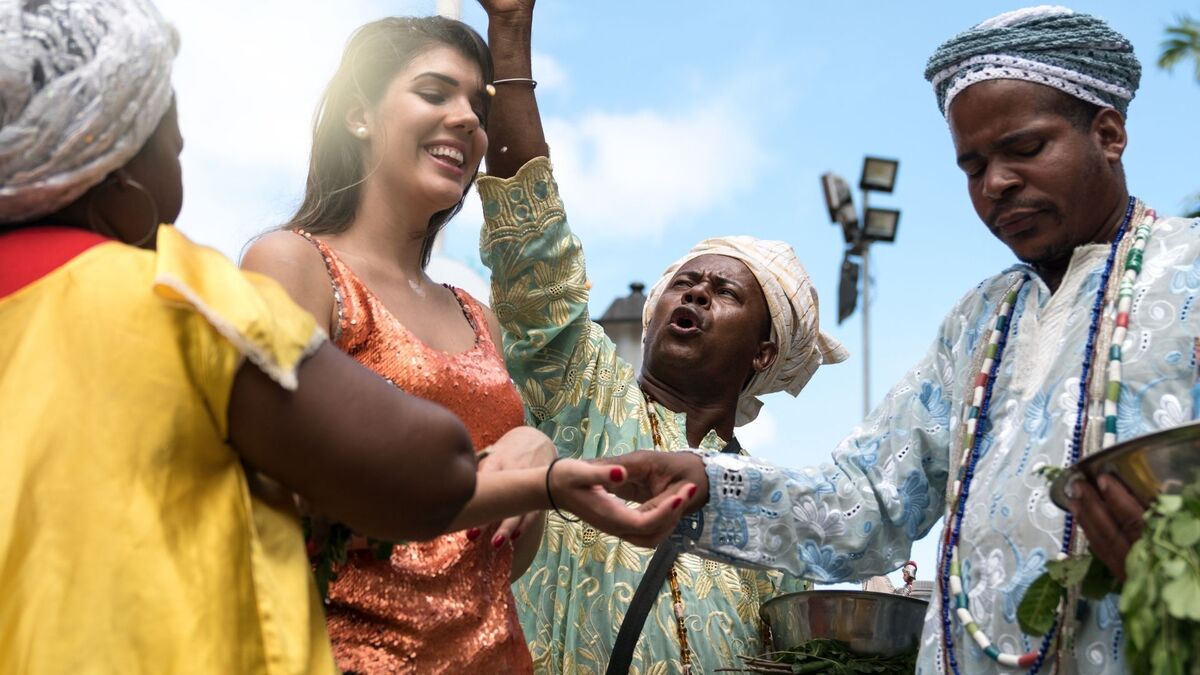
In the religions of African matrix there are several ways of relating to the Orixás due to specific days of the week in which special commemorations bring the devotees closer to an Orixá and its power.
The practices are distinct, from prayers, commemoration days, colors, greetings and others. All this is done in order to get closer to the Orixá and feel all the power it has to provide to its children and to those who believe in its strength and actions.
To understand more about how Omolú acts and his powers, continue reading what can be done to worship and celebrate his beneficial actions of Omolú for humanity.
Omulú's day and number
The Orixás have special days in which they are worshipped and commemorated with moments and activities dedicated entirely to them. Therefore, the day of the week considered as a special day for Omolú is Monday. On this day prayers, offerings and other requests can be made to this powerful Orixá.
However, he has a specific day of the year in which there is a broader commemoration about him, which is August 16. The Orixá is celebrated in a much larger way, events can occur in terreiros of Umbanda and Candomblé dedicated to him.
Colors of Omulú
The colors that represent Omolú are black, red and white. Some qualities of this Orixá appear wearing clothes that carry these colors, in general the typical straw clothes, which is a characteristic for which he is remembered due to his history with clothing, which carries a lot of power.
These colors can also be noticed by the devotees in their guides and other elements used to worship the Orixá in the terreiros and also in the offerings that are made to Omolú.
Omulú Symbols
The symbols by which Omolú is known are the weapons that this Orixá carries with him. Thus, the biggest symbol is the Xaxará and the staff or spear that he carries. These are the main symbols that represent this Orixá and show his strength as a warrior for having overcome the greatest adversities in his journey - even when he was shy and afraid to expose his woes to thetoo much.
Omulú herbs and leaves
The leaves and herbs for the Orixás are essential to maintain a bond through offerings, requests, baths and other moments. In the case of Omolú some are known to have a greater connection with him and therefore are used by devotees and their children for rituals and specific situations.
The most common herbs are Gervão, Cássia, Agoniada, Agapanto, Alamanda, Alfavaca-roxa, Babosa panacea, Assa-peixe, Araticum-de-areia, and Mamona branca.
Quizilas de Omulú
The quizilas are elements that can cause illness. Therefore, the quizilas for Omolú and his children are crab, crab, shellfish, pork, popcorn and pineapple. Therefore, they should avoid these types of foods because they can bring harm to their lives.
The reactions, in the case of the children of Omolú, can be seen in various ways. They can be physical, causing discomfort, or they can affect them energetically, making their path heavier in relation to the energy that surrounds them. These foods are not tolerated by the Orixà and therefore should be avoided by their children.
Salutation to Omulú
Salutations are used to show the Orixàs confidence in their powers and also at the times they are worshipped, the most common to be used for Omolú is 'Atotô', but it can also be 'Abawo'.
This will depend on the culture in which this Orixá is being worshipped. In times of commemoration, such as Olubajé, in which the Orixá is commemorated in August, this is the expression used to demonstrate devotion to it.
Prayer to Omulú
"Protect me, Father, Atotô Obaluaê!
Oh, Master of Life,
Protect your children so that their lives will be marked by health.
You are the Limiter of infirmities.
You are the physician of earthly bodies and eternal souls.
We beseech your mercy for the evils that afflict us!
May his wounds shelter our pains and sufferings.
Grant us healthy bodies and serene souls.
Master of Healing, ease our sufferings that we chose to rescue in this incarnation!
Atotô my Father Obaluaê!
Dominator of epidemics.
Of all the diseases and the plague.
Omulu, Lord of the Earth.
Obaluaê, my Eternal Father.
Give us health for our mind, give us health for our body.
Strengthen and invigorate our spirits so that we may be able to face all the evils and misfortunes of matter.
Atotô my Obaluaê!
Atotô my Old Father!
Atotô King of the Earth! Atotô Babá!
Master of souls!
My body is sick...
My soul is shaken,
My soul is immersed in the bitterness of a suffering
That slowly destroys me.
Lord Omolu!
I evoke - Obaluaiê
Oh!
God of disease
Orixá that appears, before my eyes
In the suffering figure of Lazarus.
He who had the grace of a miracle
In the gesture of the Divine Son of Jesus.
Oh!
Master of masters
Obaluaiê
Your son is sick...
Your son bows before your luminous aura.
In the magic of the miracle,
Which will come from your hands sanctified by suffering...
Help me...
Obaluaiê...
Give me the hope of your help.
To encourage me in the face of the immense martyrdom that hallucinates me,
Make me not suffer so much - My Father
Lord Omolu!
You own the cemeteries,
You who are sentinel of eternal sleep,
Of those who have been seduced into your kingdom.
You who are guardian of souls. Who has not yet freed yourself from matter,
Hear my supplication, answer the anguished plea of your son.
Who struggles in the greatest of sorrows.
Save me - Brother Lazarus.
Here I stand before your suffering image,
Raising the ultimate prayer of the vanquished,
Conformed to the fate that the Supreme Father has determined.
That I might plead my soul in the greatest of sufferings.
Save my soul from this torment that hallucinates me.
Take my body in your arms.
Raise me to your kingdom.
If you feel, however, that my mission on this planet is not yet over,
Encourage me with the example of your humility and your resignation.
Relieve my sufferings, that I may rise from this bed and walk again.
I beg you, master!
I kneel before the immense power,
That you are a bearer.
I invoke the vibration of Obaluaiê.
A- T- TONY, Father.
Obaluaiê, My Lord, help me!
Hail to the Lord, the King of the Earth!
Umbanda Doctor, Lord of the Healing of all ills of body and soul.
Father of wealth and bliss.
In you I place my pains and bitterness, asking for the blessings of health, peace and prosperity.
Make me, Lord of work; a son of good cheer and disposition, to triumph in the struggle for survival.
Make me worthy to deserve every day and every night, your blessings of light and mercy.
ATOTÔ OBALUAUÊ!"
Offering to Omulú
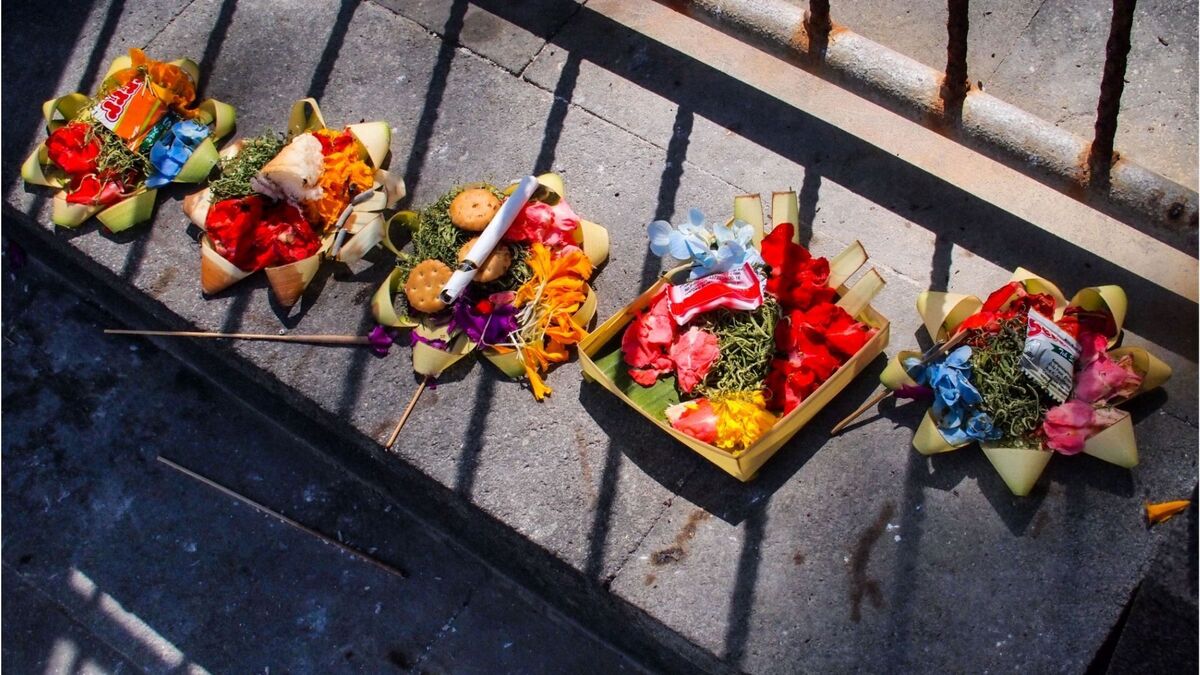
The offerings to the Orixás are very important because they demonstrate the care and devotion of those who believe in their powers. Thus, at this time it is important to pay attention to what these Orixás do not tolerate, such as some foods, so that they are not used incorrectly in these preparations.
It is also important that the process of making offerings is done correctly, and if possible with the guidance of a more experienced person. Pay attention to these details. Below, see how the offering to Omolú is made.
When to do it?
The offering can be made in moments of commemoration to this Orixá, as in the days dedicated to him, or in special moments in the terreiros. In general, it is made for some request or thanksgiving to the Orixá. Therefore, it must be performed taking into account these aspects.
Indications and ingredients
The most common ingredients used for offerings to Omolú are popcorn, dende oil and coconut flakes. These should be made in the correct way and dedicated to the Orixá at specific moments of his commemoration or for requests that will be made at specific moments, whether they are celebrations or others.
Directions
To prepare, pop the popcorn in a pan using the dende oil. Then, place the popcorn in a bowl and decorate the entire dish with coconut flakes. After that, the offering can be offered to the Orixá in the way the devotee finds best, along with his/her request, prayers and greetings.
Omulú's popcorn bath for protection

The baths in Umbanda and Candomblé have a specific purpose. Most serve to bring prosperity and are also used for purposes such as unloading and energetic cleansing. The popcorn bath is one of these and due to Omolú's connection with this food, it serves to ask for protection.
Understand a little more below how is made the bath of popcorn and what the importance of practice has for this Orixá and why this is one of the foods that relate directly to it. See in detail below!
Importance of popcorn for the Orixá Omulú
The popcorn has a great importance for Omolú because in his story the Orixá was passing by a celebration of the other Orixás, but he observed it from afar without wanting to approach it because he was ashamed of his appearance.
Ogun noticed his distress and offered him a straw cloth. But when he entered the party no one wanted to dance with him and Iansã, full of curiosity to see what was under the straw, caused a real windstorm. At that moment Omolú's wounds jumped out of his skin like white popcorn, which spread all over the place.
Indications and ingredients
The baths and popcorn are indicated for energetic cleansing and also to ensure protection. The ingredients used for this bath are half a cup of popcorn corn, 3 tablespoons of oil or olive oil, a pot and a container for the popcorn, and 2 liters of water. A specific container is also necessary to place the bath in once it is ready.
How to do
Place the popcorn in a pot, along with oil or olive oil. Crush the corn and then place it in a container to cool. Boil the water and place the popcorn in it. Let it sit for a while until the water is warm. After that, throw the popcorn away, leaving only the water. After the bath, pour the popcorn bath upside down and make your requests to Omolú.
Omulú in Umbanda is the orixá of mysteries!
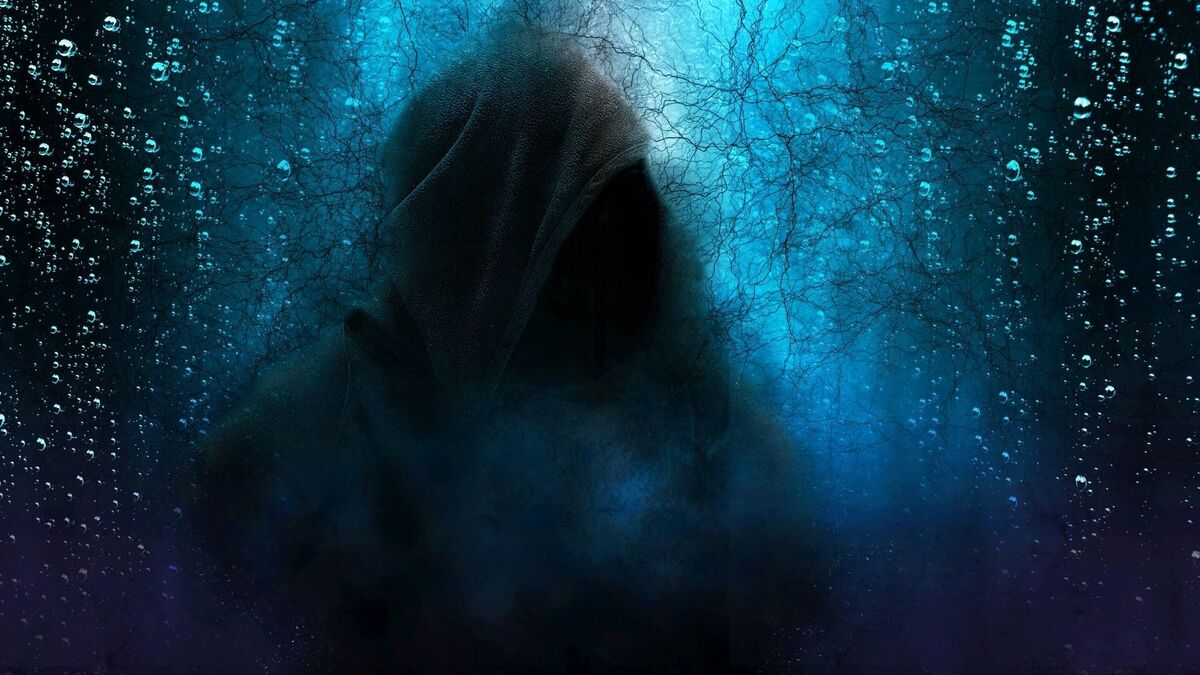
Omolú has several attributes in Umbanda and Candomblé. Besides being known for his various actions, this Orixá is seen as mysterious because of the clothes he uses to hide his life's misfortunes. Although he is very shy and afraid to reveal himself, this is a very powerful Orixá and able to help many people.
In general, Omolú is the one who crosses the spirits between the material life to the spiritual world. Therefore, he has this strong connection with death, but he is also an Orixá that symbolizes overcoming.

